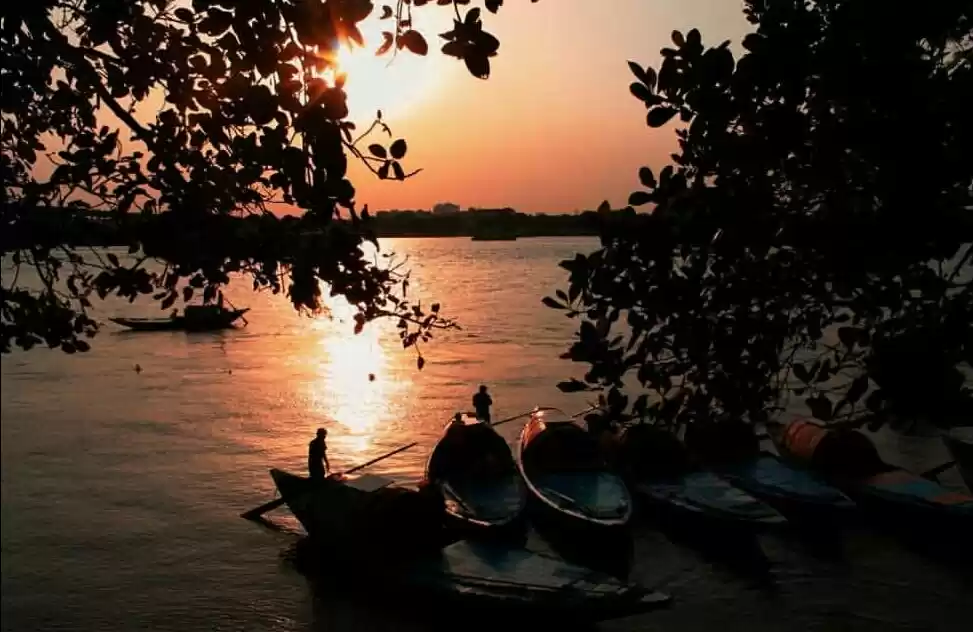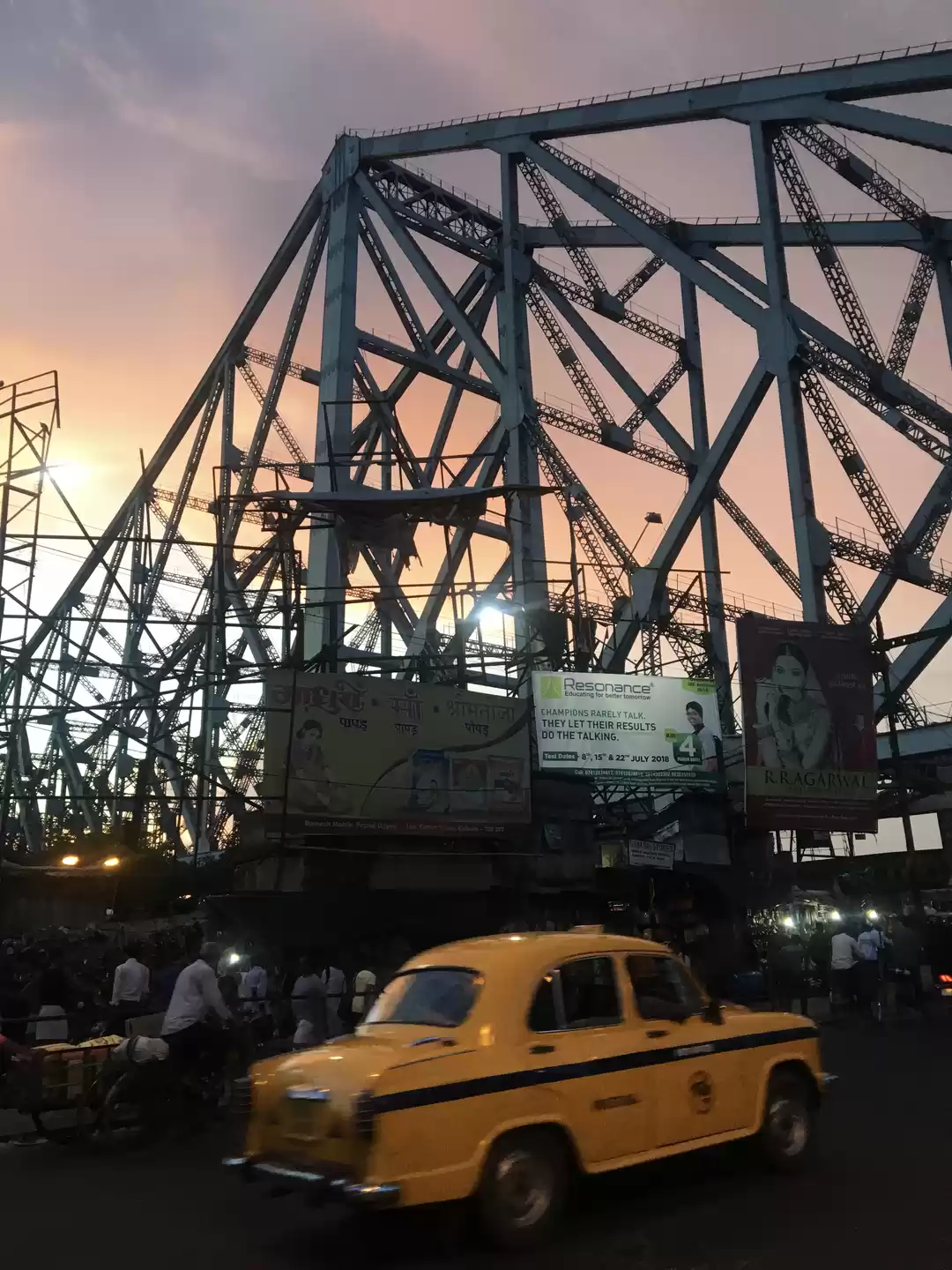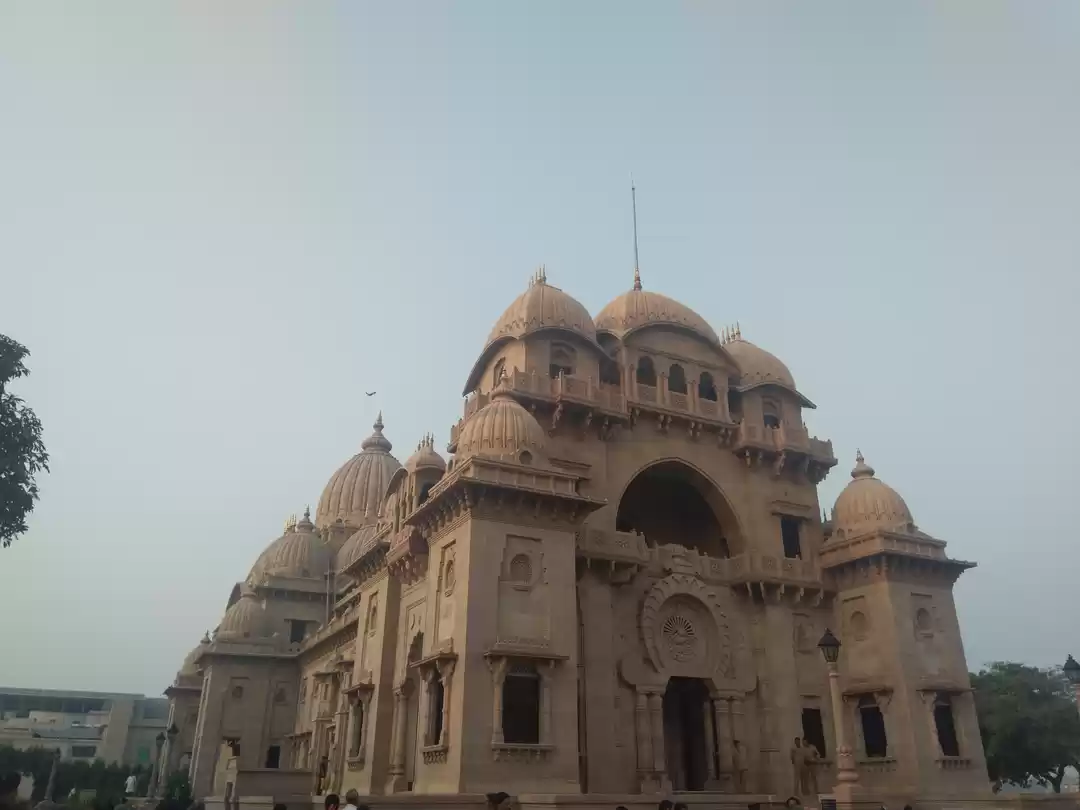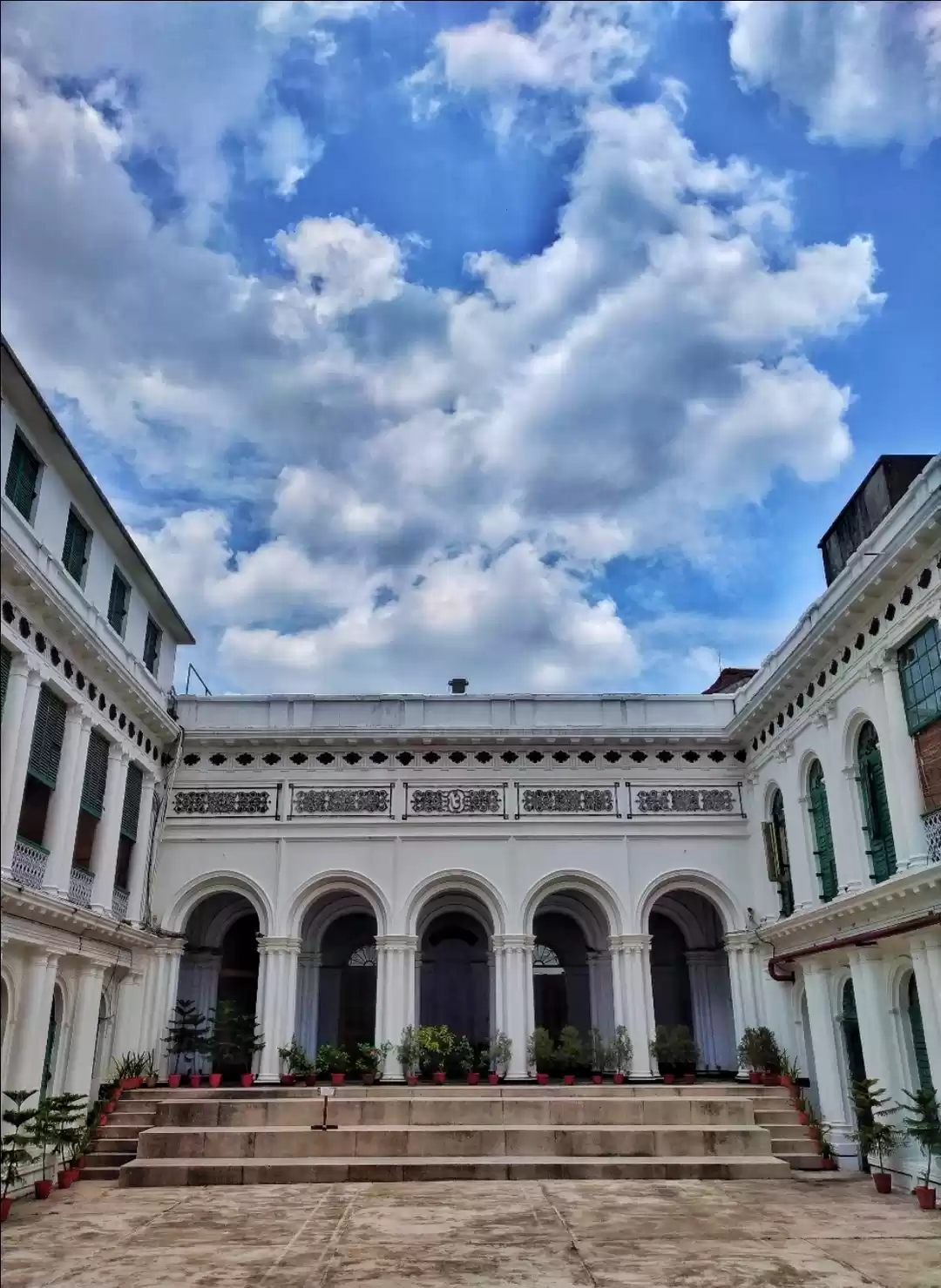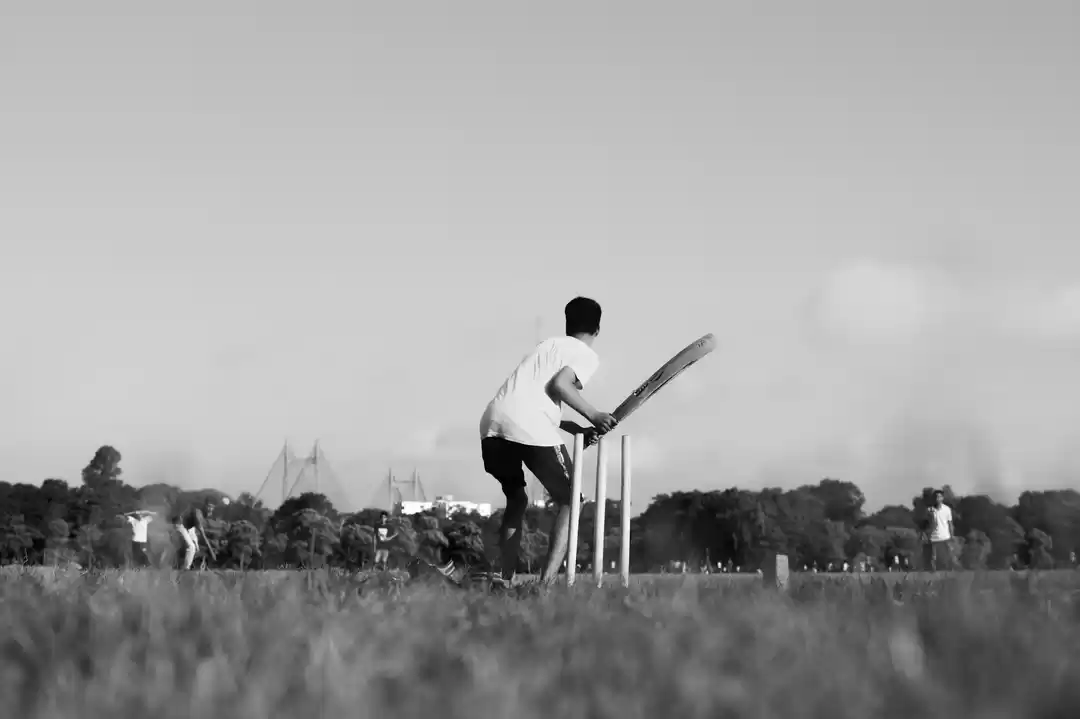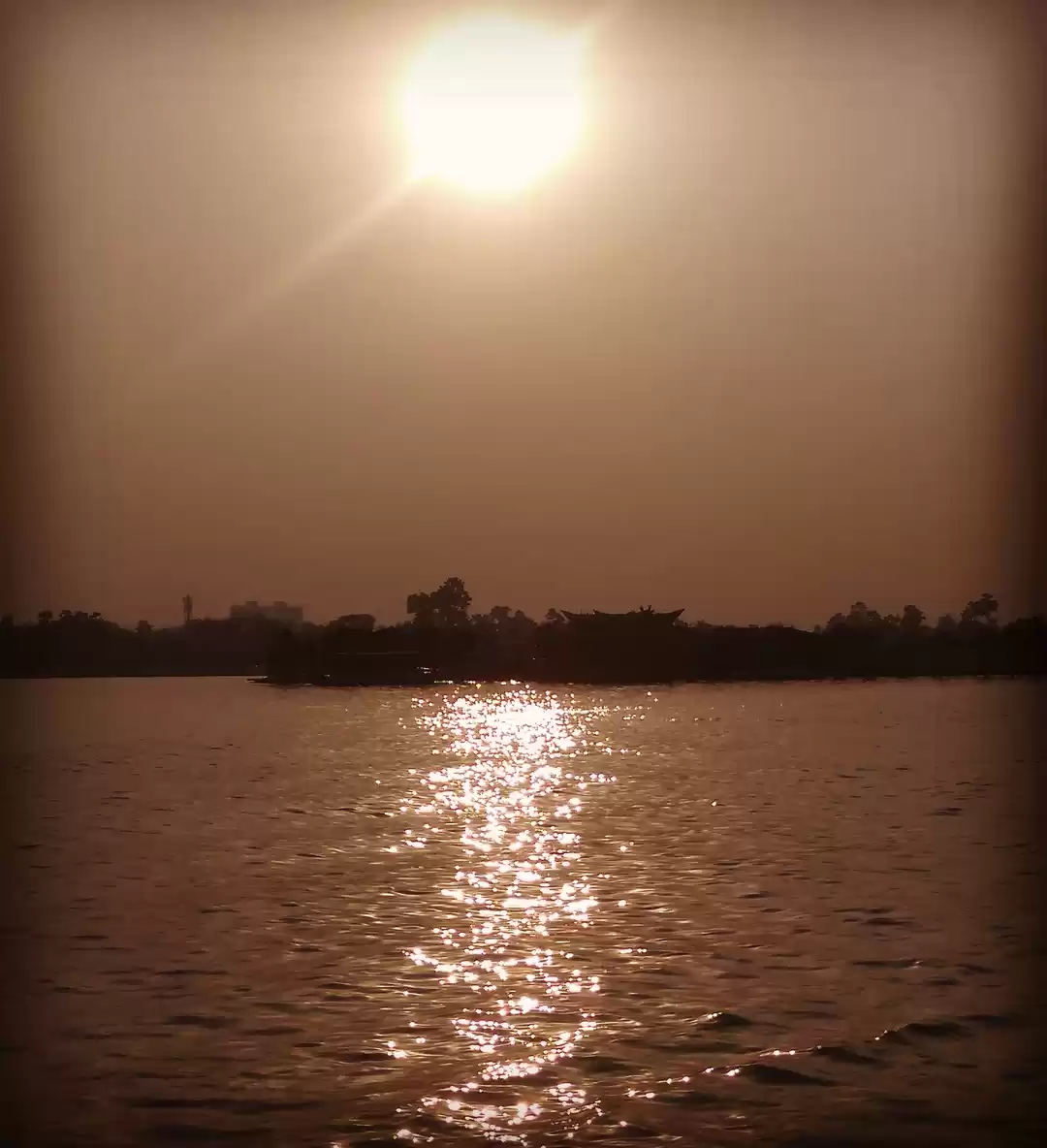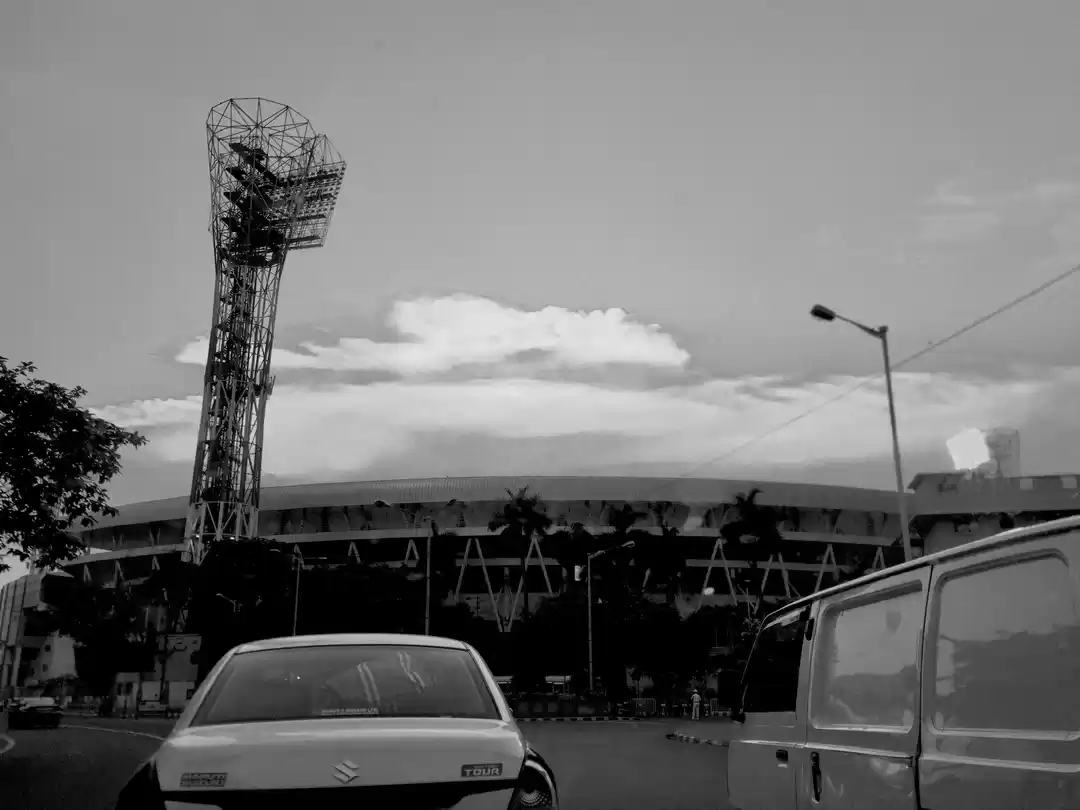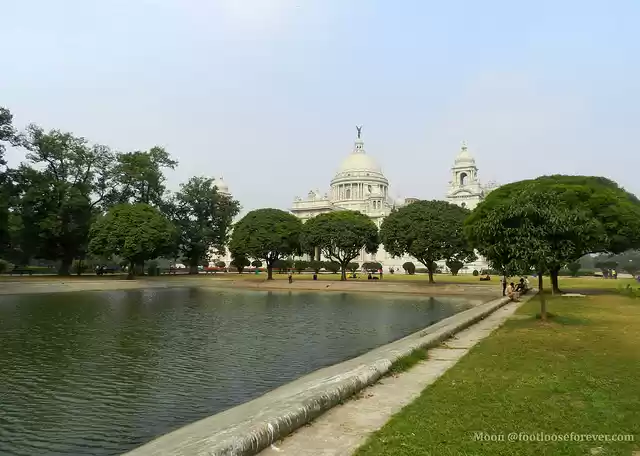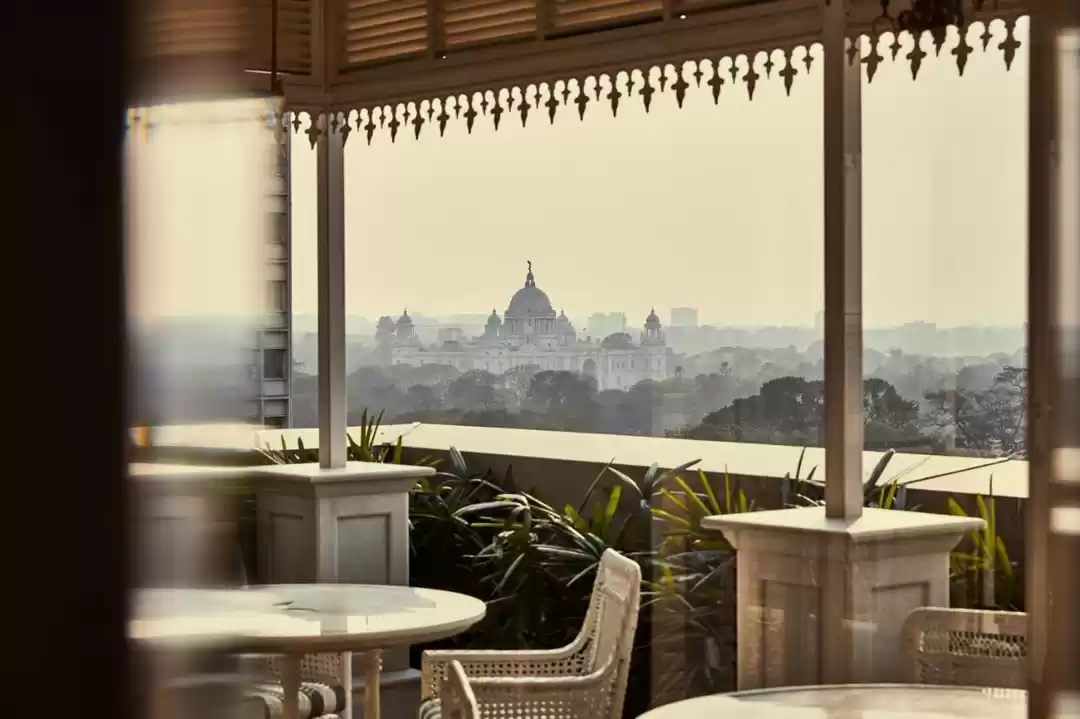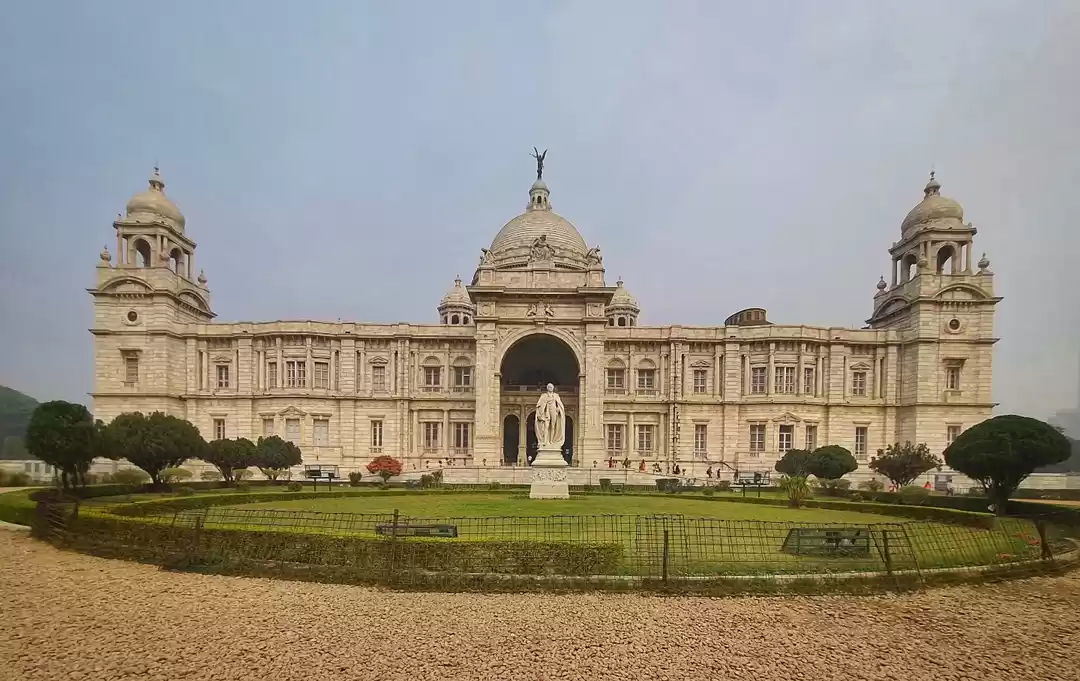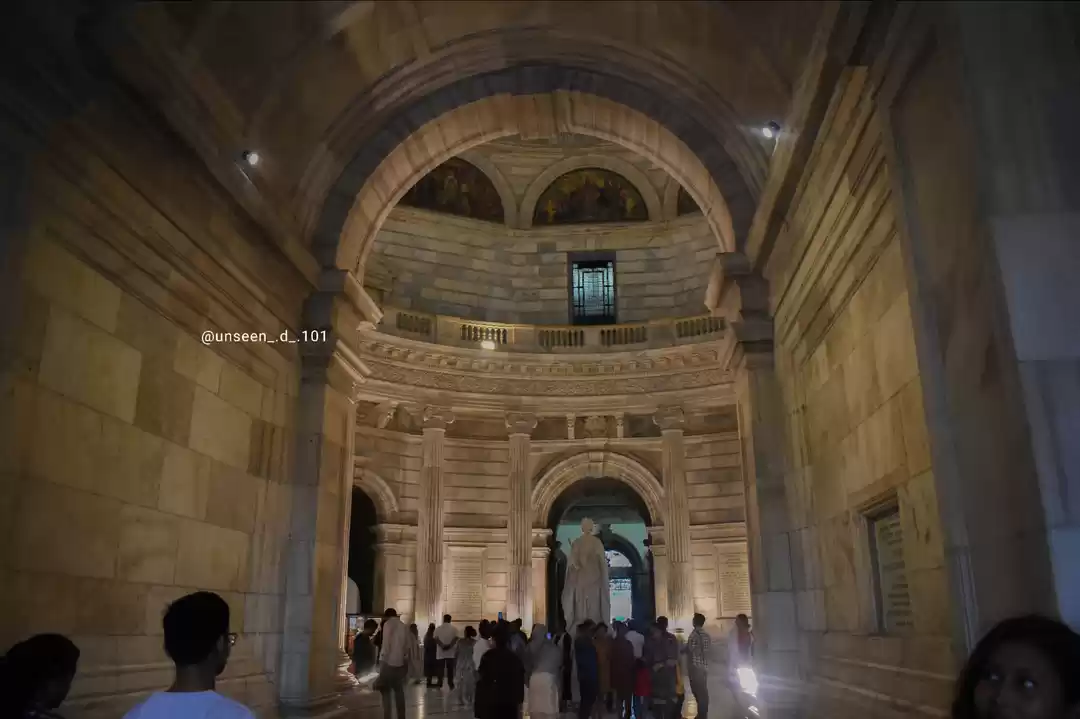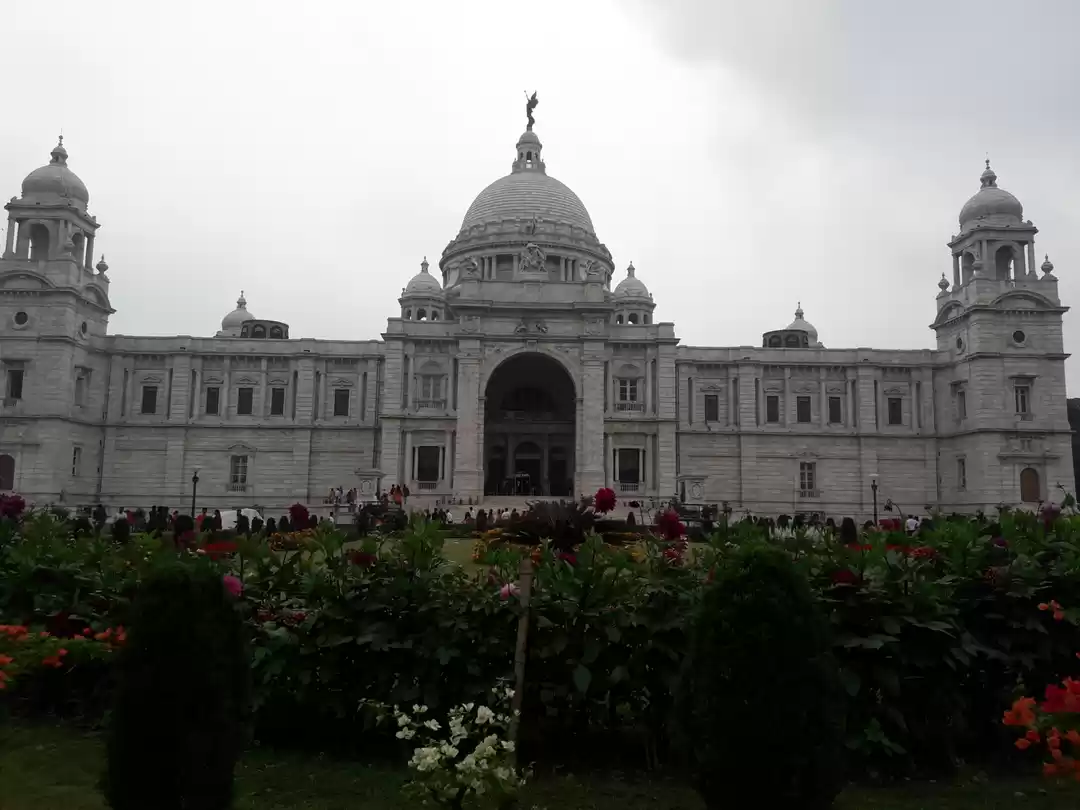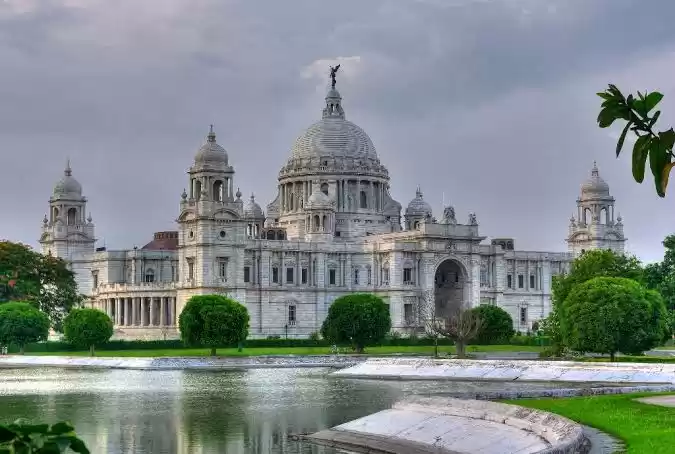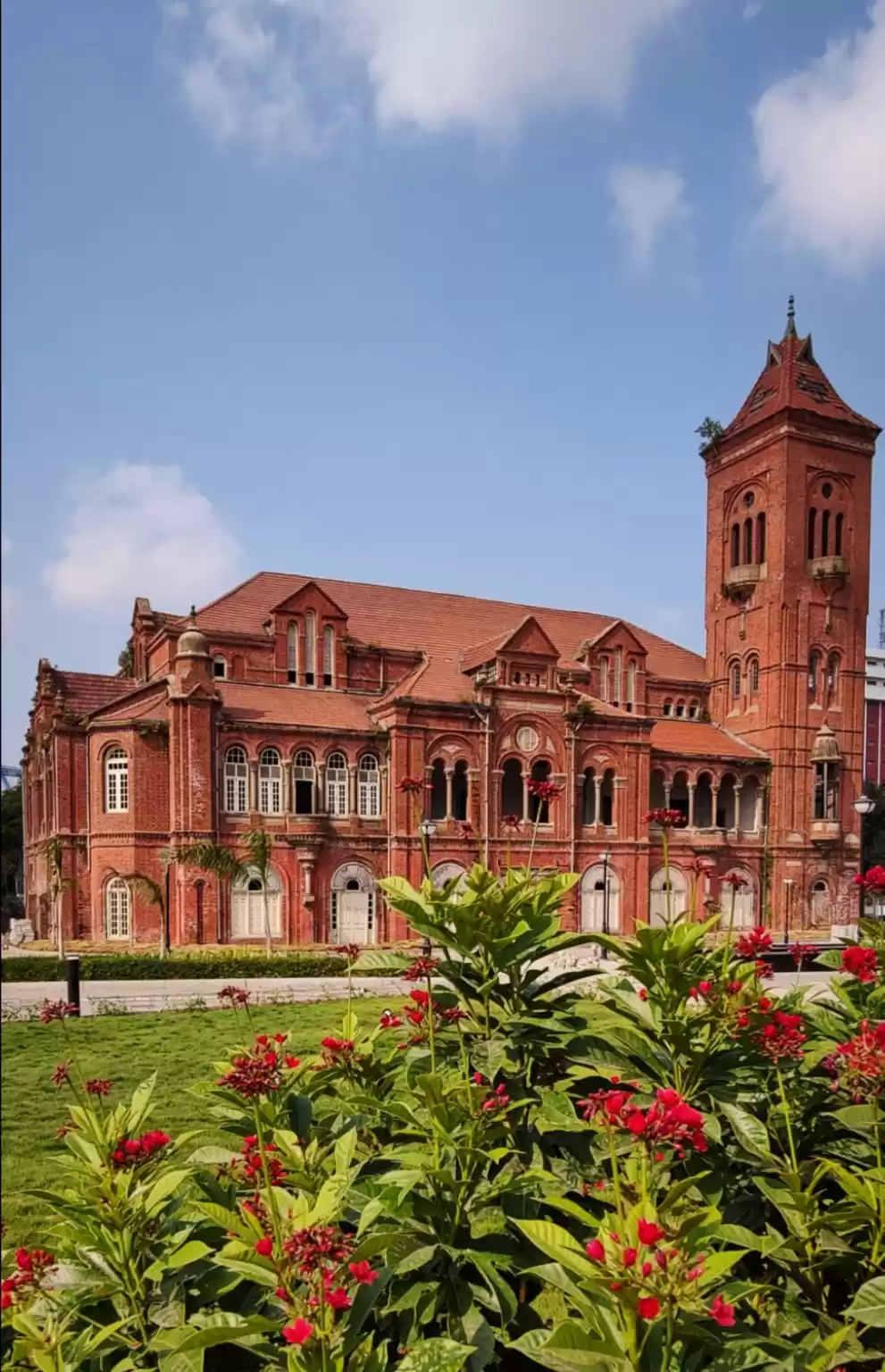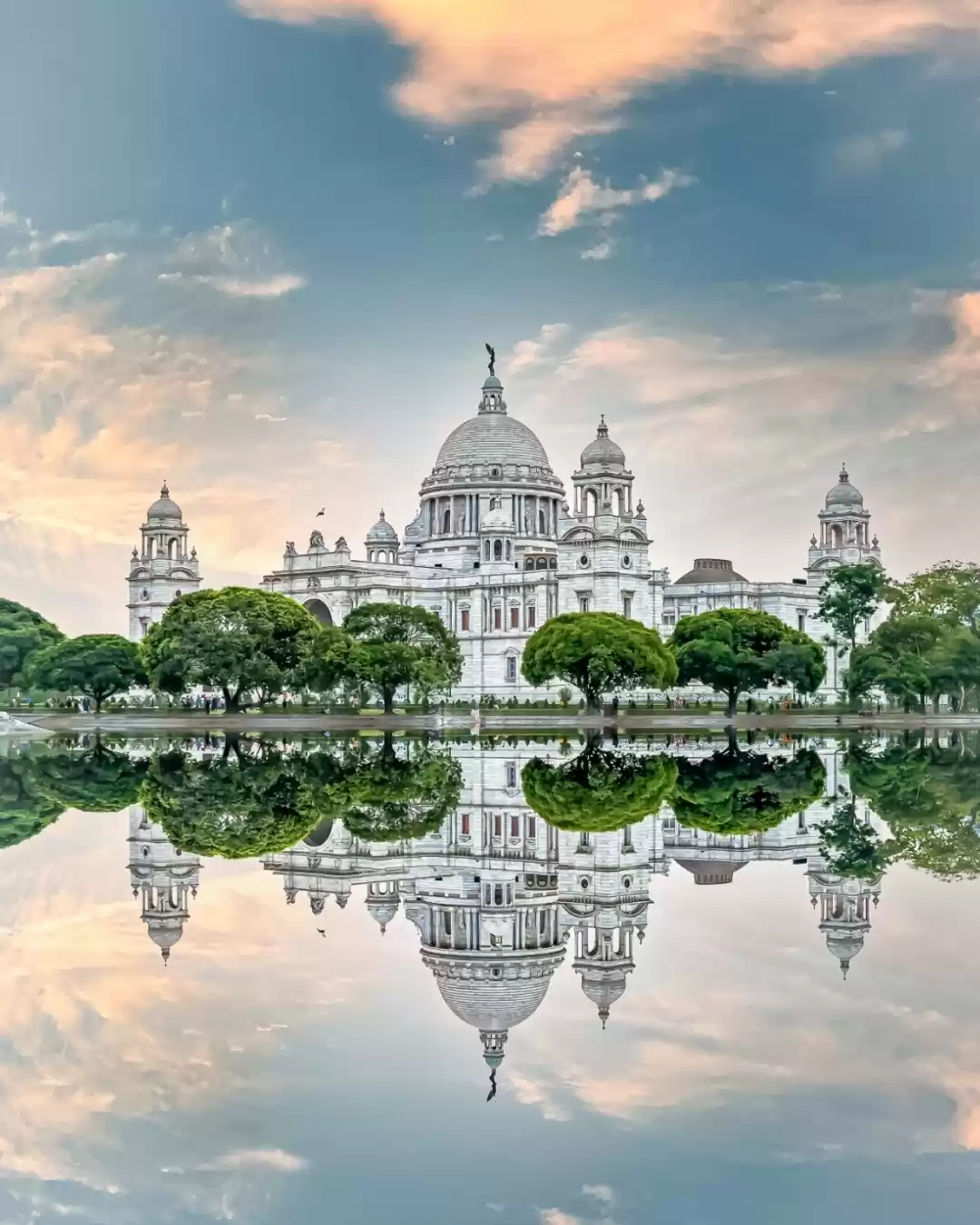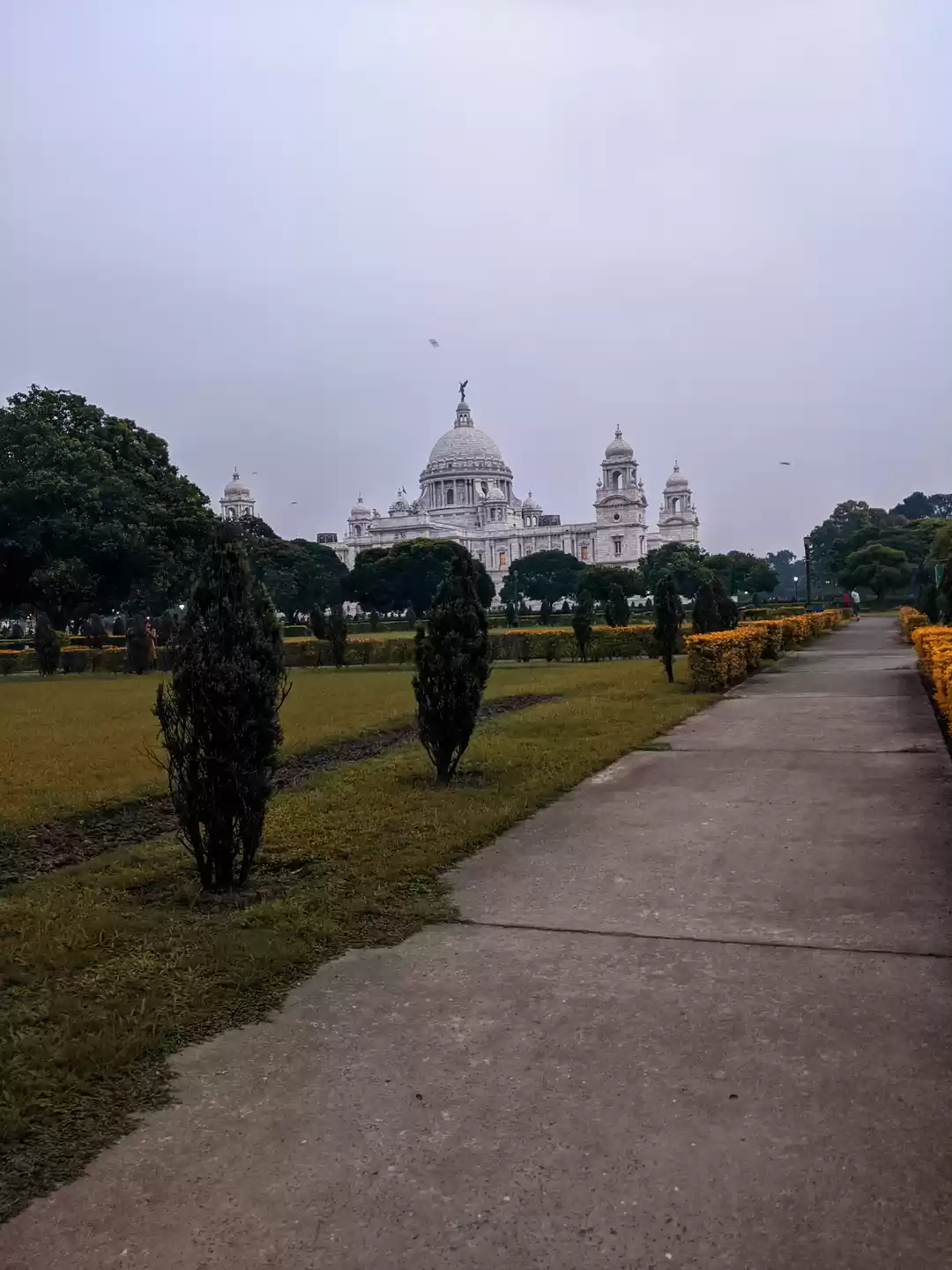If you are looking for a place to witness the glorious past and the vibrant present of Kolkata, the capital of West Bengal, India, then you must visit the Victoria Memorial. This majestic monument and museum is one of the most iconic landmarks and tourist attractions of the city, as well as the country. It showcases the rich history, culture, and art of India during the British Raj and beyond.
In this article, we will give you a complete guide to the Victoria Memorial Kolkata, including its history, architecture, museum, gardens, light and sound show, and nearby places to visit.
We will also provide you with some useful tips and information to help you plan your trip and make the most of your experience. Whether you are a history buff, a culture lover, or a nature enthusiast, you will find something to admire and enjoy at the Victoria Memorial Kolkata.
History of Victoria Memorial
The Victoria Memorial was built in the memory of Queen Victoria, who ruled over India from 1858 to 1901 as the Empress of India. After her death in 1901, Lord Curzon, the then Viceroy of India, proposed the idea of constructing a grand edifice in her honor that would also serve as a museum of Indian history and culture. He envisioned it as a symbol of British imperial power and a tribute to the queen’s contribution to India’s progress and development.

The construction of the Victoria Memorial began in 1906 and was completed in 1921. It was funded by both the British government and the Indian princes and people. The total cost of the project was about 1.5 million pounds (about 150 crore rupees at that time). The architect of the monument was Sir William Emerson, who designed it in the Indo-Saracenic style, blending elements of Mughal, Islamic, Venetian, Egyptian, and British architecture. The building was made of white Makrana marble from Rajasthan, which gives it a stunning appearance.
The Victoria Memorial was formally inaugurated by King George V and Queen Mary in 1911 during their visit to India for the Delhi Durbar. However, they could not enter the building as it was still under construction. The first gallery of the museum was opened to the public in 1921 by Lord Chelmsford, the then Viceroy of India. Since then, the museum has been expanded and renovated several times to accommodate more exhibits and facilities.
The Victoria Memorial has witnessed many historical events and changes in India’s political and social landscape. It has survived two world wars, the partition of India, the independence movement, and the formation of Bangladesh. It has also hosted many dignitaries and celebrities from around the world, such as Queen Elizabeth II, Jawaharlal Nehru, Indira Gandhi, Rabindranath Tagore, Satyajit Ray, Ravi Shankar, and Amitabh Bachchan. Today, it stands as a proud reminder of India’s colonial past and a vibrant showcase of its contemporary culture.
Architecture of Victoria Memorial
The architecture of the Victoria Memorial is one of its most impressive features. It reflects the fusion of different styles and influences that shaped India’s history and identity. The monument covers an area of about 64 acres and has a height of about 184 feet. It consists of several domes, towers, arches, pillars, balconies, terraces, statues, sculptures, fountains, and gardens that create a stunning visual effect.

The main dome of the monument is inspired by the Taj Mahal and has a bronze statue of the Angel of Victory on top. The statue rotates with the wind and faces different directions at different times. The main entrance of the monument is flanked by two smaller domes that have statues of Motherhood and Learning on them. The four corners of the monument have octagonal towers that have smaller domes with statues of Art, Architecture, Justice, and Charity on them.
The exterior walls of the monument are adorned with various sculptures and reliefs that depict scenes from Indian history and mythology. Some of them are:
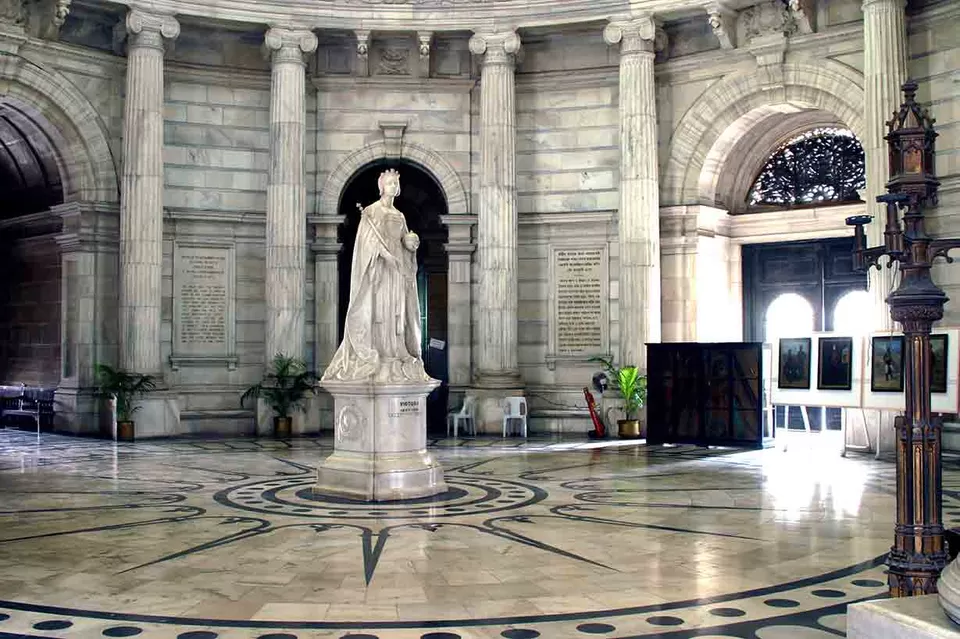
The Royal Gallery: This gallery has portraits and statues of Queen Victoria and other British monarchs who ruled over India.
The National Leaders Gallery: This gallery has portraits and statues of Indian leaders who fought for India’s freedom and independence.
The North Porch: This porch has a large marble relief that shows Queen Victoria receiving homage from various Indian princes and nobles.
The South Porch: This porch has a large marble relief that shows Queen Victoria granting her assent to the transfer of power from the East India Company to the British Crown in 1858.
The East Gallery: This gallery has a large marble relief that shows Lord Curzon laying the foundation stone of the Victoria Memorial in 1906.
The West Gallery: This gallery has a large marble relief that shows King George V and Queen Mary inaugurating the Victoria Memorial in 1911.
The interior of the monument is equally impressive and elegant. It has a central hall that has a marble statue of Queen Victoria sitting on a throne. The hall also has a large painting of the Delhi Durbar of 1911 and a stained glass window that depicts the royal coat of arms. The hall leads to several galleries that display various artifacts and artworks related to Indian history and culture.
Some of them are:
The Calcutta Gallery:
This gallery showcases the history and development of Kolkata from the 17th century to the present day. It has models, maps, paintings, photographs, and documents that depict the city’s growth and transformation.
The Prince of Wales Gallery:
This gallery displays the personal belongings and memorabilia of King Edward VII, who visited India as the Prince of Wales in 1875-76. It has his sword, crown, robes, medals, and gifts that he received from various Indian rulers and people.
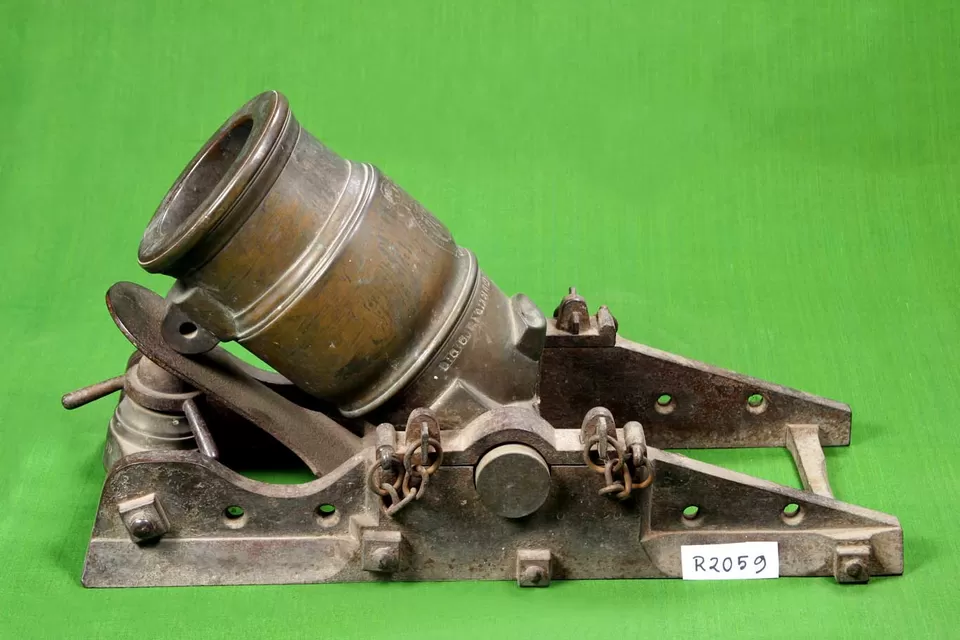
The Arms and Armoury Gallery:
This gallery displays a collection of weapons and armors used by various Indian and British soldiers and warriors. It has swords, daggers, shields, guns, rifles, pistols, cannons, and helmets that date back to the 17th century.
The Painting Gallery:
This gallery displays a collection of paintings by various Indian and European artists. It has portraits, landscapes, scenes, and sketches that depict various aspects of Indian life and culture.
The Sculpture Gallery:
This gallery displays a collection of sculptures by various Indian and European artists. It has busts, statues, reliefs, and models that depict various figures and themes from Indian history and mythology.
You may also like to check out: Victoria Memorial Hall - Kolkata Walking Tour
Museum of Victoria Memorial
The museum of the Victoria Memorial is one of the main attractions of the monument. It houses a treasure trove of artifacts and artworks that showcase the rich and diverse heritage of India. The museum has over 25,000 items in its collection, ranging from ancient coins and manuscripts to modern paintings and photographs. The museum also has a library that has over 12,000 books and journals on various subjects related to Indian history and culture.
The museum is divided into several sections that cover different periods and aspects of India’s past and present. Some of them are:

The Pre-History Section: This section displays items that date back to the Stone Age, such as tools, weapons, pottery, ornaments, and fossils.
The Mauryan Section: This section displays items that belong to the Mauryan Empire (4th-2nd century BCE), such as coins, seals, sculptures, inscriptions, and edicts.
The Gupta Section: This section displays items that belong to the Gupta Empire (4th-6th century CE), such as coins, sculptures, paintings, manuscripts, and terracottas.
The Medieval Section: This section displays items that belong to the medieval period (7th-16th century CE), such as coins, sculptures, paintings, manuscripts, textiles, metalwork, and jewelry.
The Mughal Section: This section displays items that belong to the Mughal Empire (16th-18th century CE), such as coins, paintings, manuscripts, miniatures, weapons, armors, carpets, costumes, and jewelry.
The British Section: This section displays items that belong to the British period (18th-20th century CE), such as coins, paintings, photographs, documents, stamps, medals, uniforms, costumes, and memorabilia.
The Modern Section: This section displays items that belong to the modern period (20th-21st century CE), such as paintings, photographs, documents, sculptures,
and artifacts.
Note: The museum is open from 10 am to 5 pm on all days except Mondays and national holidays. The entry fee for the museum is Rs. 30 for Indians and Rs. 500 for foreigners.
Gardens of Victoria Memorial
The gardens of the Victoria Memorial are another attraction of the monument. They surround the building on all sides and provide a serene and beautiful environment for visitors. The gardens cover an area of about 57 acres and have over 3,500 trees and plants of various species. They also have several statues,
fountains, bridges, ponds, and walkways. The gardens were designed by Sir David Prain, the then superintendent of the Royal Botanic Garden at Calcutta.
He planned them in a formal style with geometric patterns, symmetrical layouts,
and axial alignments.
Best Time to Visit
The best time to visit Victoria Memorial Kolkata is during the winter months from November to February. The weather is pleasant, cool, and soothing. It is not too hot or humid in Kolkata, as it is a coastal city.
You can enjoy the beauty and grandeur of the monument and museum without any discomfort. You can also witness the famous Durga Puja festival of Kolkata if you come in early October.
How to Reach Victoria Memorial Kolkata
Victoria Memorial Kolkata is located in the heart of the city, near the Maidan and the banks of the Hooghly River. It is easily accessible by various modes of transport, such as metro, bus, taxi, or car. The nearest metro station is Rabindra Sadan, which is about 1 km away from the monument.
You can take the metro from any part of the city and get down at Rabindra Sadan station. From there, you can walk or take a rickshaw to reach Victoria Memorial. Alternatively, you can take a bus from any major bus stop in the city and get down at Victoria Memorial bus stop, which is right in front of the monument.
You can also take a taxi or a car from any point in the city and reach Victoria Memorial by following the AH45 or SH4 route. The distance from Kolkata railway station to Victoria Memorial is about 8 km, and the distance from Kolkata airport to Victoria Memorial is about 22 km.
You may also like to check out: Victoria Memorial and the story of a frozen time
Victoria Memorial Kolkata is more than just a monument and museum. It is a living testimony of India’s past and present, a fusion of different cultures and styles, and a source of inspiration and wonder.
Whether you want to learn about the history and heritage of India, admire the architecture and art of the monument, explore the collections and exhibits of the museum, enjoy the beauty and tranquility of the gardens, or experience the magic and thrill of the light and sound show, you will find something to satisfy your curiosity and delight your senses at Victoria Memorial Kolkata.
So, what are you waiting for? Book your tickets now and get ready to discover the crown jewel of the City of Joy. And don’t forget to share your feedback and questions with us in the comments section below.



























